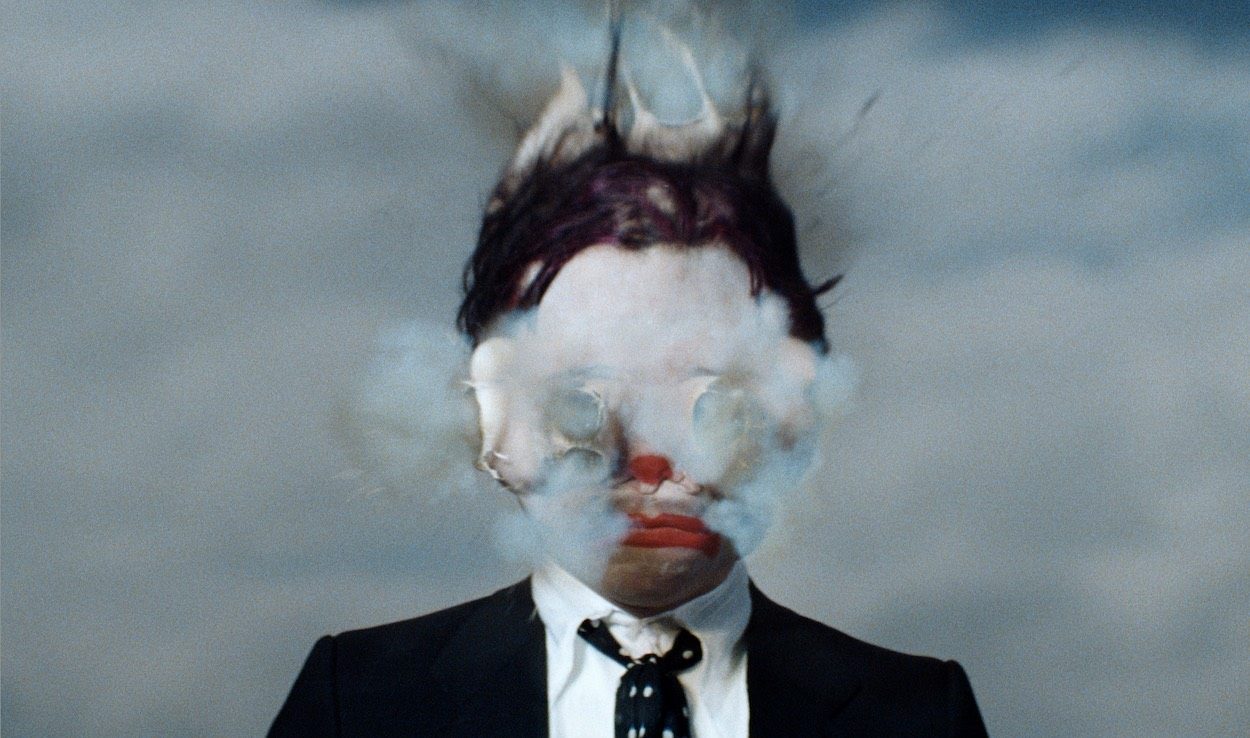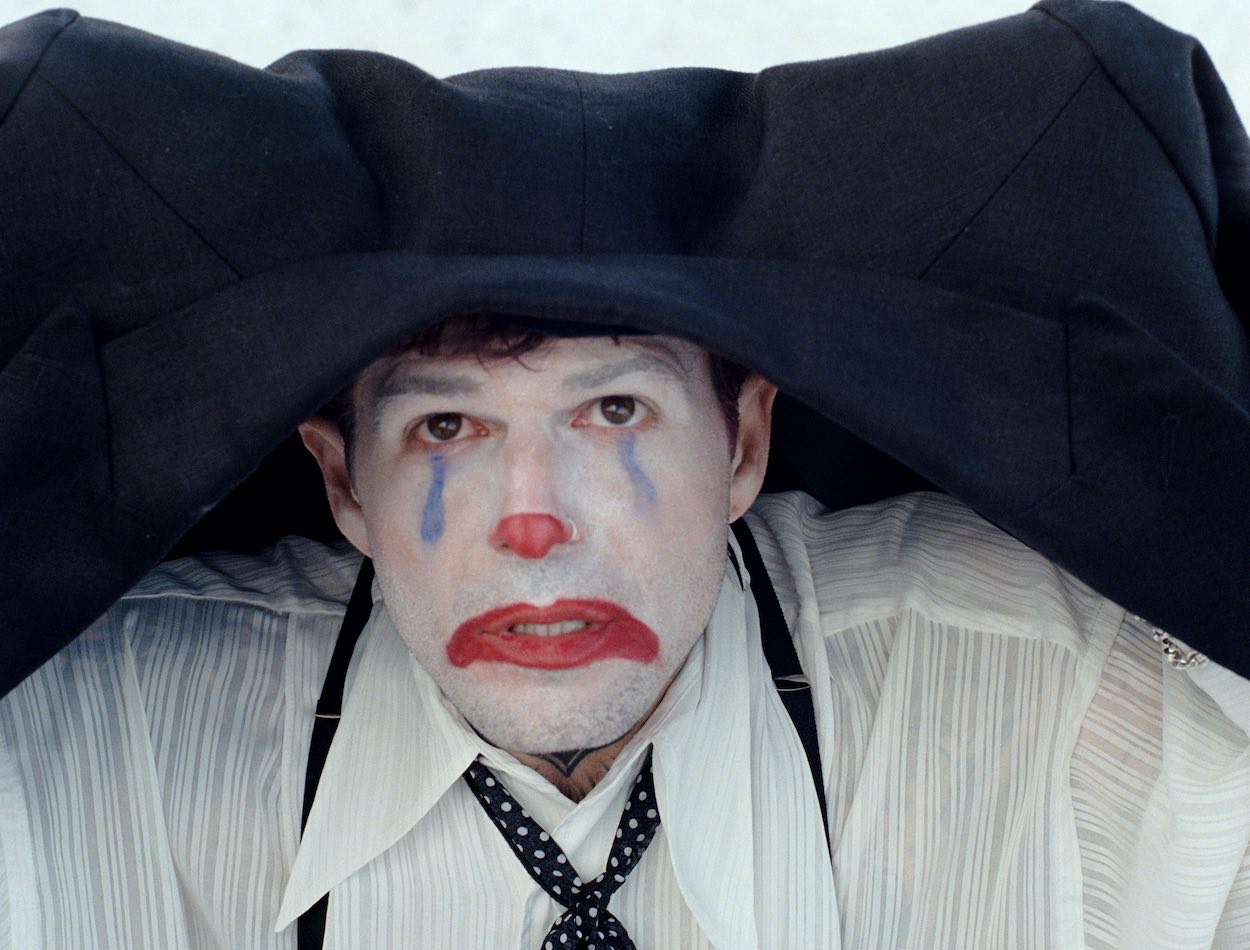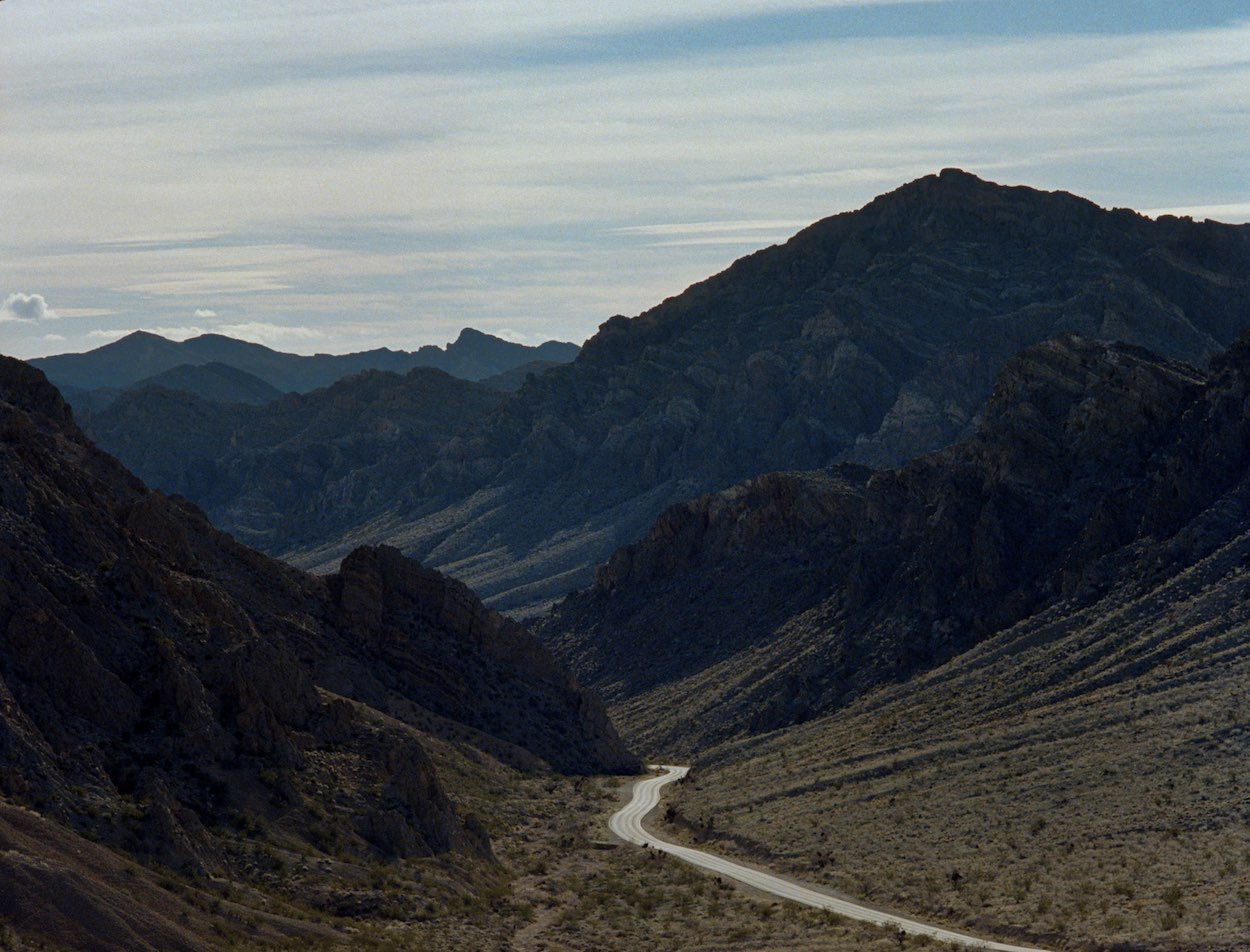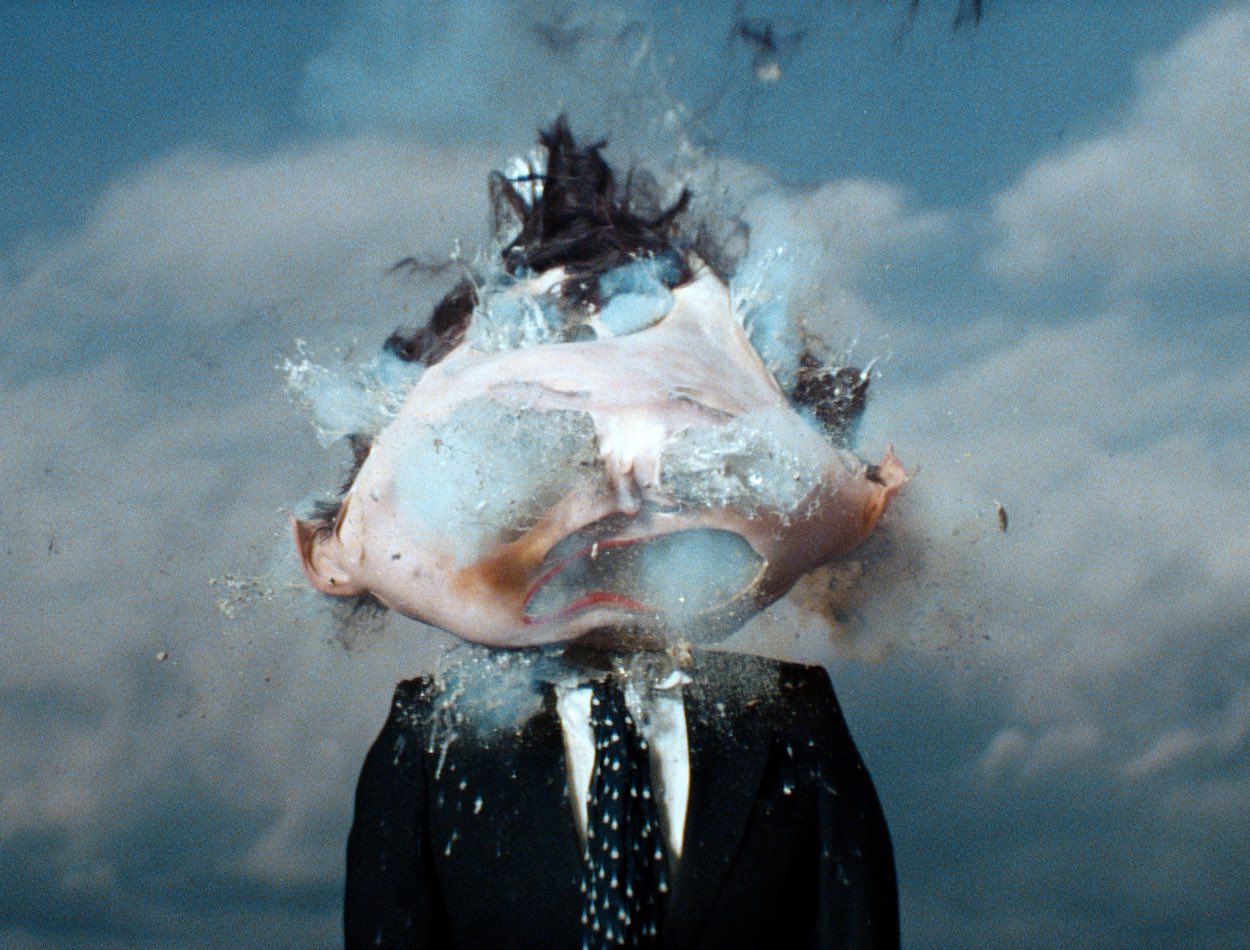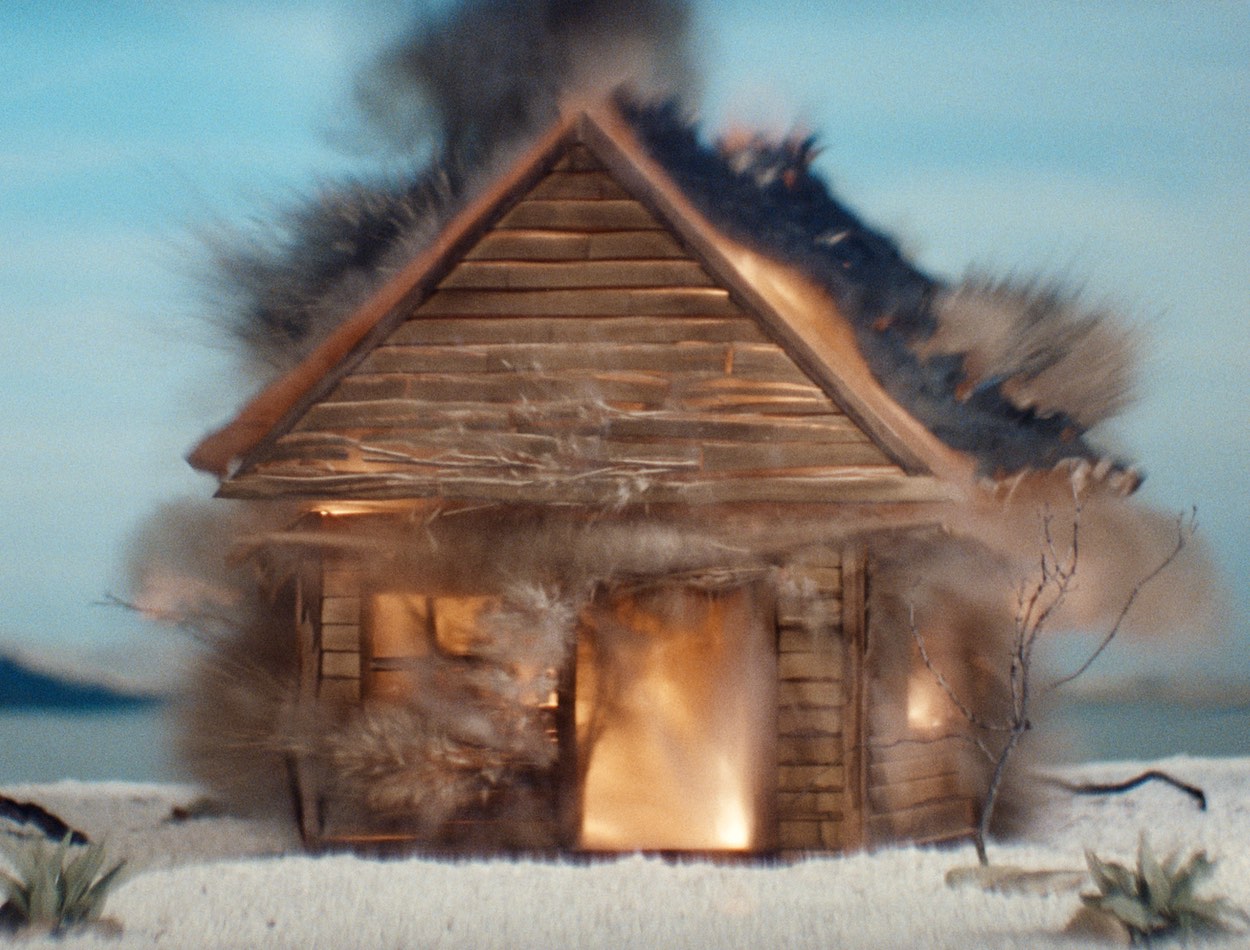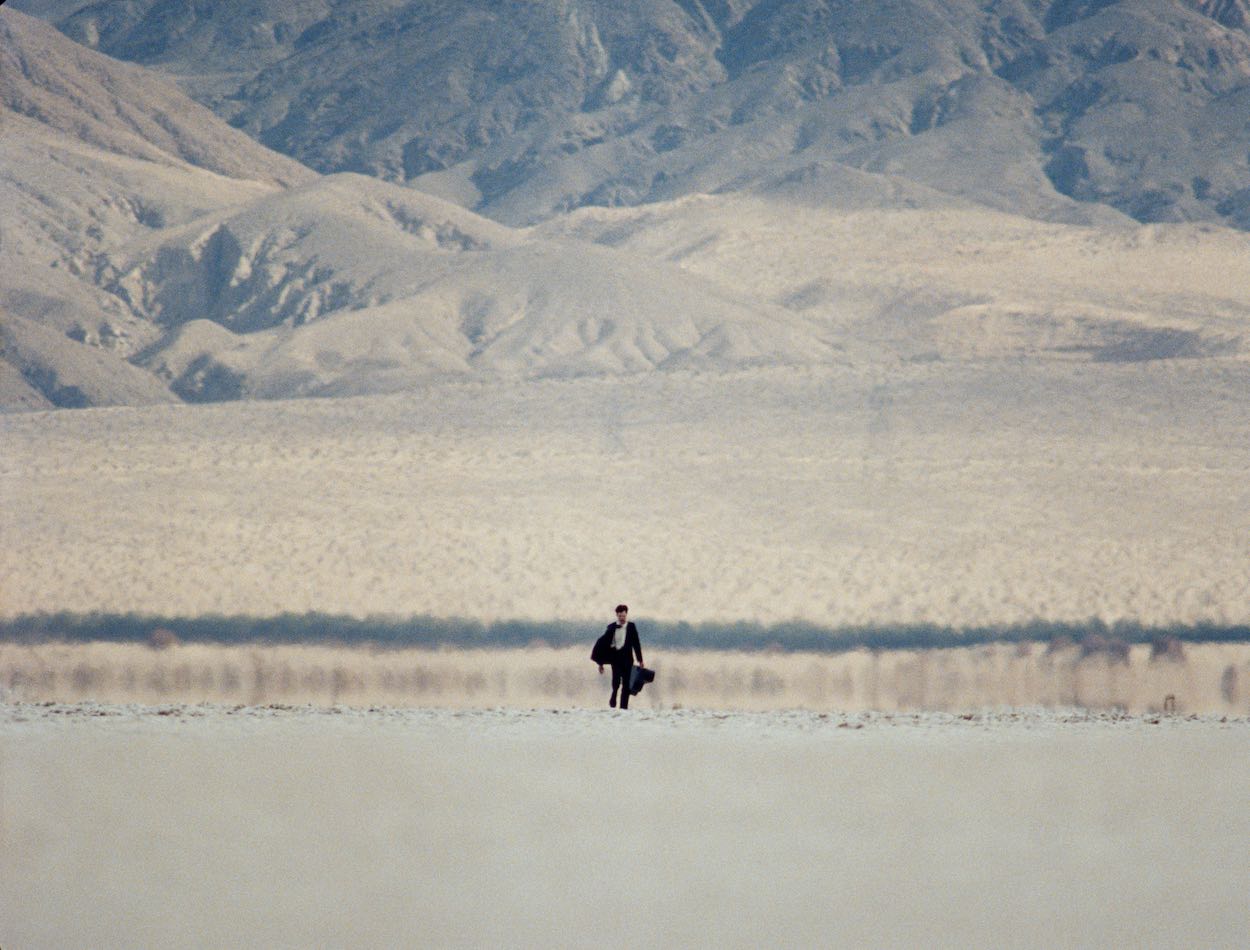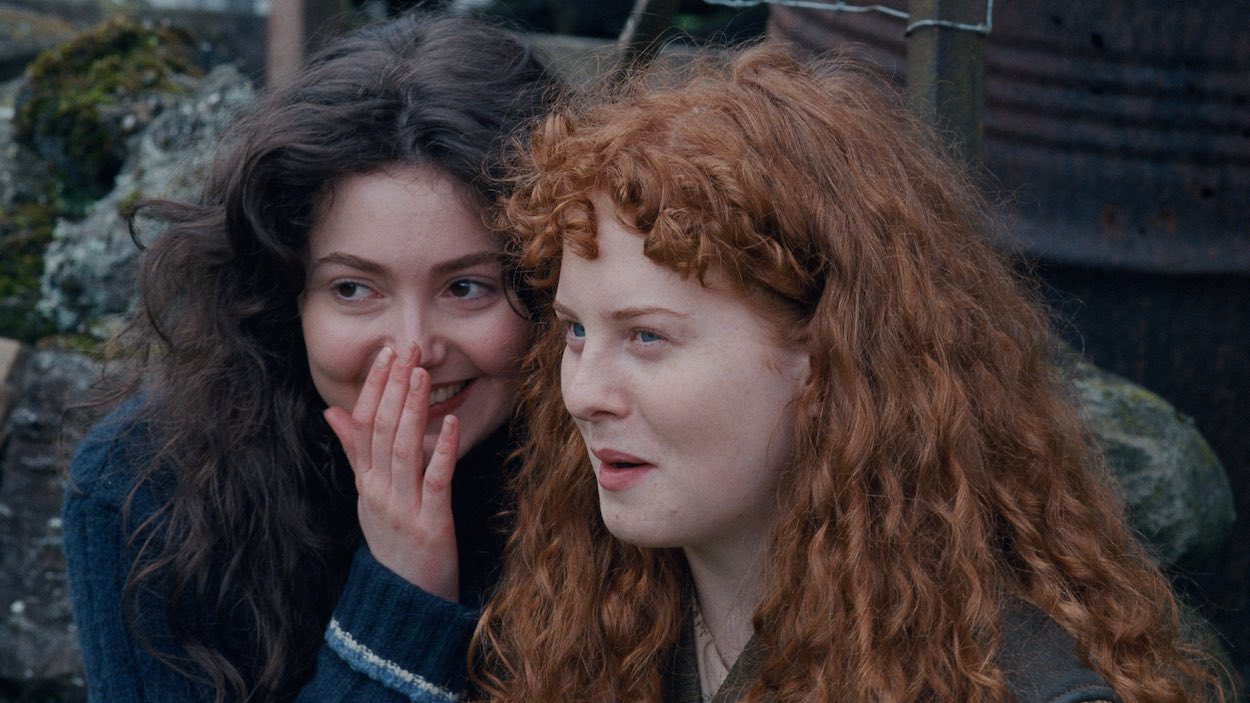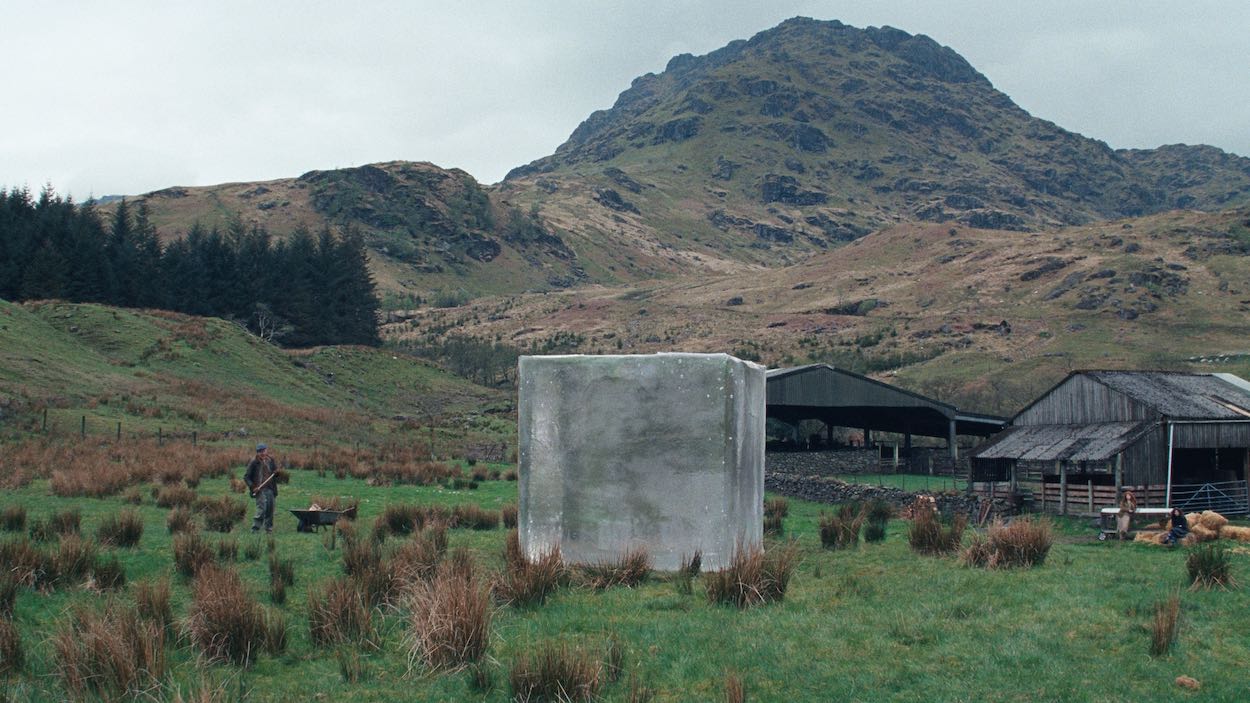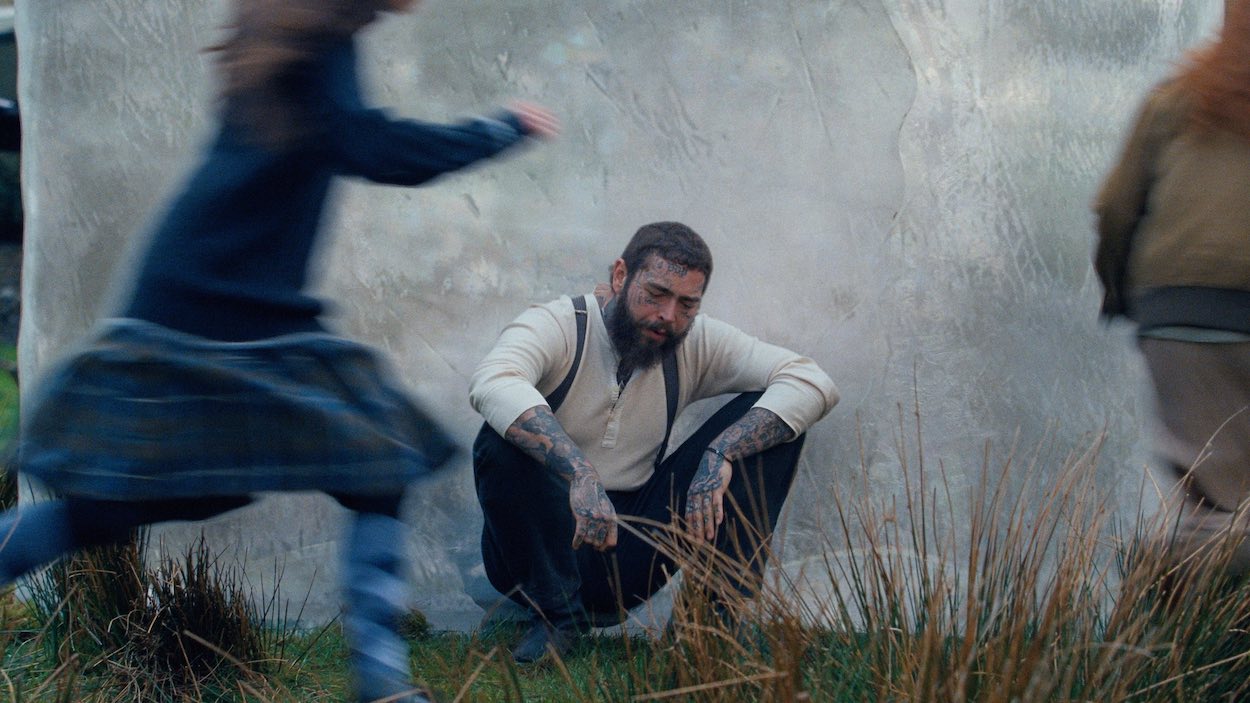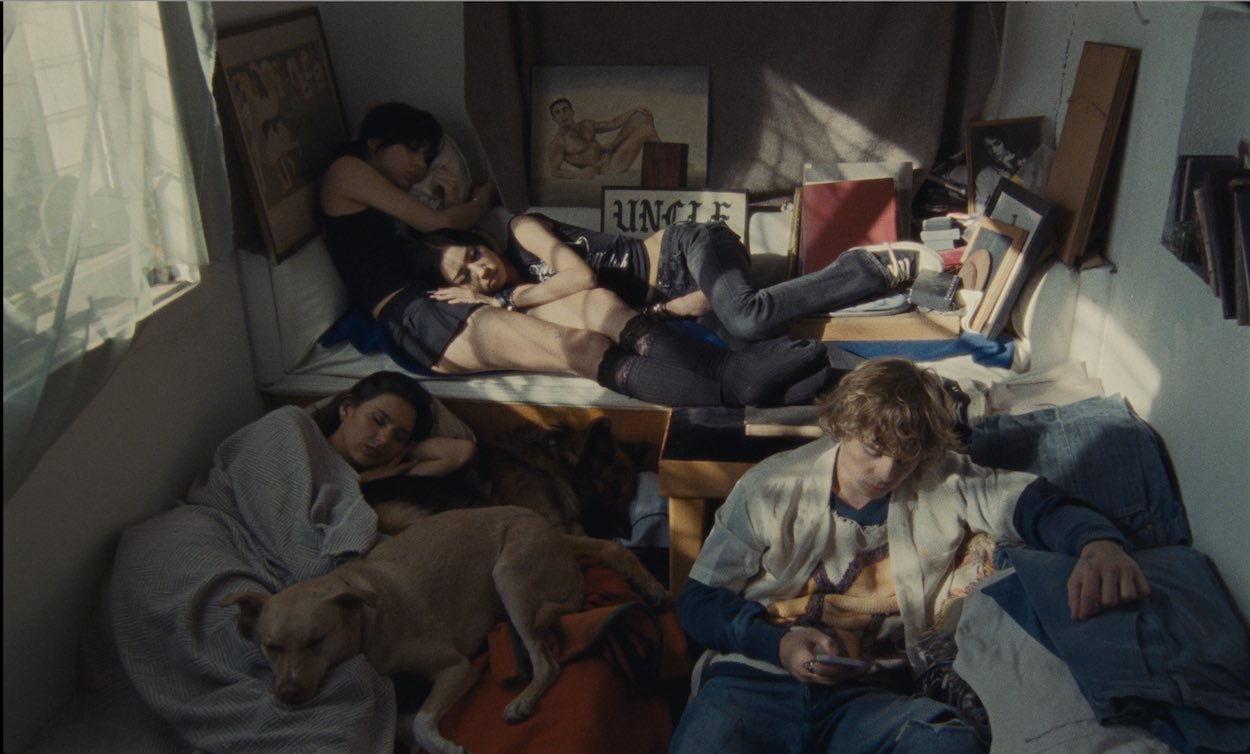From Jesse, Rainbow
As a first generation Syrian-American, how do you think your dual cultural perspective influences how you approach filmmaking?
I want to say that who I am affects every single way I approach filmmaking in the way that I do, but at the same time it’s incredibly unconscious. I don’t know any other way. If anything, being a child of immigrants I am nothing but grateful for my parents’ sacrifice, but the pressure to mine their lives or tell stories that are distinctly Arab is something I’ve always refused to do for anyone but myself. Filmmaking has always been about emotion for me, that is all that matters.
Please tell us briefly how you sharpened your filmmaking skills to become the cross-genre director you are today.
Filmmaking is a series of choices. The more you make them, the more you make mistakes you ultimately learn from. I have never walked away from a set or turned in an edit that I didn’t feel could have gone better. I think you just naturally sharpen your skills with every step forward. I didn’t go to film school, I didn’t have a mentor. In fact, I was pretty much told being a director without industry ties was impossible. Part of me loves being told I cant do something just so I can prove I can.
From Jesse, Rainbow
How do you initially approach a music video project? For instance how did the concept develop for Jesse’s Rainbow?
It always begins with listening to the song, trying to extract something out of it. Sometimes it just appears in my head and you reel it in. David Lynch calls ideas “fish that we catch from the stream of conciousness” and I think he is absolutely right. Ideas are not owned as much as they are explored. I might catch a fish, throw it back in for someone else to happen upon. For Rainbow, it was a song that felt like a new beginning. Jesse is a really good friend of mine and I feel like I knew how he was feeling, closing one chapter to open a new. We had gone on such a journey together and this was a farewell to that era. It had to feel like a grand finale, a firework show. Just one where his head explodes and all the things inside him that make up his being rain from the sky.
You went to great lengths to source a Photosonics camera for the stunning exploding head shot. Talk us through how you decided to blow up your artist’s head in slow-motion – and why it was so important to achieve the effect in-camera with no VFX manipulation.
Sourcing the camera and bringing to life is something I have to give huge credit to my DP Marz Miller, our tech Andy Bethke, and the original owner Dedo Weingart for letting us get our hands on it. Many people had to put their heads together to get it operational, literally every piece had to be gone through and tested, aluminum cores had to be machined on a CNC, the film had to be hand spooled down by our Loader Bobby Pavlovsky. So much light had to be pointed at the head that our Gaffer Nick Durr got a sunburn…. The head exploding was meant to feel like a symbol of rebirth. A dream-like image that I knew had to be achieved without VFX to properly emulate reality in an unreal way. Say what you want, but if you had done a CG explosion I know it would have never looked as surreal and dali-esque as what we got in camera. The way the thick silicone stretched and tore, sending steam through the eye holes. It’s amazing, it reminded me of a graphic frame from Ren & Stimpy. I just dont think the end result left in the hands of a VFX artist would have been nearly as brilliant. All they do is guess, they aren’t capturing reality, only emulating it.
From Jesse, Rainbow
The result is wonderfully absurd moment that could almost be Daliesque or Magrittean. Your work often deals with darker subjects with broad strokes of surrealism. Have you always been drawn to absurdism and heightened metaphors to explore darker concepts?
Always, in high school I was obsessed with the absurd. Kafka, Camus, Kierkegaard and in some cases Neitzche. I’ve always wanted to adapt The Stranger, but flip the main character from a French settler to an Arab. I’ve always been drawn to dark humor, Fargo, The Third Man. I’m not sure how else to deal with darker concepts than to just find ways to laugh at them.
From Jesse, Rainbow
You’ve shot many of your projects on film, including Rimowa’s Dreaming of Leaving, which won Silver at 1.4 Awards last year. How does your approach to directing differ when you’re planning to shoot on film? What makes it your preferred medium?
I almost exclusively shoot film. It has become such a huge part of my process. I could go on and on about its beauty and how it is organic, but the truth of the matter is that it demands respect. It’s real, it requires discipline, expertise, and complete care. Everyone on a film set these days has a sense of passion for film. It brings together the best people. I’ve noticed that the few times I have been steered to shoot digital for a commercial project, I almost always look back and think to myself how the product would have been much more elevated had we shot film. Everything could have been the same, the work we all came together to do would have benefitted from the medium itself. Aside from that, its a workflow based on trust. Trust in your DP, your loader, your eye, the camera. It forces me to surround myself with the best so I can focus on performance. Staring at the video tap strips away all the extraneous details unrelated to directing- exposure, focus, etc… these things are entrusted to the crew whose titles are as such. I love that.
What was the original brief for Rimowa and how did you evolve that narrative?
The original brief from Rimowa was quite open ended. They wanted something new, something that wasn’t just about being in transit. For me, traveling induces this immediate anxiety where I feel paralyzed, it’s like a rollercoaster. Leaving home is something I dread, but once I am out in the world it’s incredible. I really wanted to explore those feelings. Crossing that threshold and looking back at what you leave behind, only to look at what lies ahead.
From Post Malone’s Mourning
With credits that span across short film, feature-length documentary and commercials, what appeals to you about the music video format?
The music video format for me is truly a love-hate-love. It is all about the artist and how you get on with them. It’s a huge collaboration and that part of it can be so rewarding. Other times it can be a pain, a tooth that just needs to be pulled. I am really drawn to storytelling and have been working some time on my feature narrative film debut. I find music videos at their best, for me, when they can tell a story. I’m not really driven by pure aesthetics, they bore me. Anyone can try on an outfit and dance around a bit. What’s the point of that if there isn’t any feeling?
From Post Malone’s Mourning
Post Malone’s Mourning is shot in some stunning landscapes. Where was it filmed, and what drew you to those particular locations?
Mourning was shot in Loch Lomond, an hour or so outside of Glasgow, Scotland. I basically had the choice of that or Manchester since we had to shoot the video on a day off of Post’s tour. I’ve always loved Under the Skin and thought the locations were incredible…. So I took that opportunity as fast as I could. The entire video came together incredibly fast, we had such a great crew on the ground pulling things for us to look at. We actually had some people that had worked on Trainspotting and Under the Skin. It was great to chat with them a bit about it all. The short of it… you can point a camera almost any direction in Scotland and it looks amazing.
Tell us about the significance of the giant ice cube in Mourning. How did you and the artist work together to develop the ice metaphor?
Going back to absurdists, I was inspired by the Myth of Sisyphus. I thought it would be pretty funny for Post to push this massive ice cube around until it melted down the size needed to cool his drink. The song was reflecting about your life in the midst of a horrible hangover. I just felt like ice was the only thing left at the bottom of your empty glass so I ran with it and Post loved it.
From Post Malone’s Mourning
What challenges did you encounter during that production?
The biggest obstacle was the fact that we had to shoot over the week of the King’s Coronation. I had no idea what that was… and it made getting things from London virtually impossible with the short notice we had to get the video together. It forced me to rethink certain things and really go with the flow. Aside from that… the weather was always changing. One moment it would be sunny, the next raining, then cloudy. Being from Los Angeles, that really blew my mind hahaha.
From The Kid Laroi – Kids Are Growing Up (Part 1)
Interview by Becca Nichols
INFO:
Ramez Silyan website
@getmezzy
@hp.la
